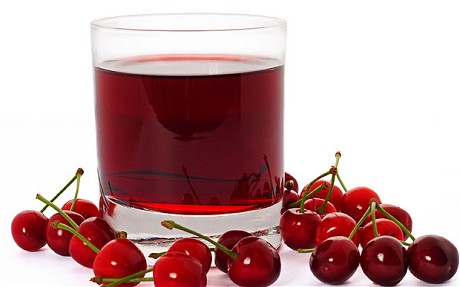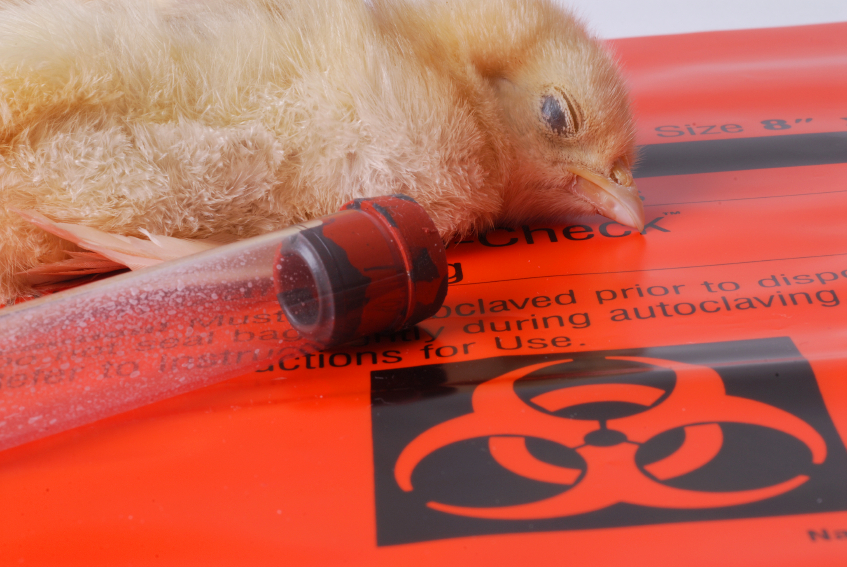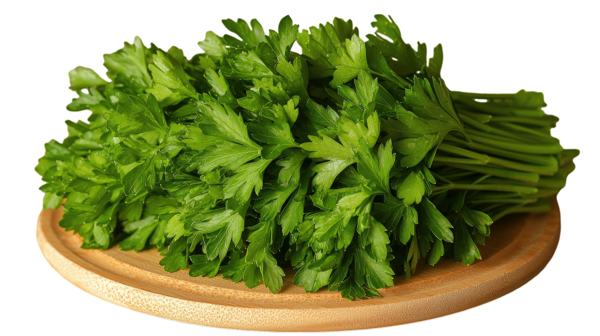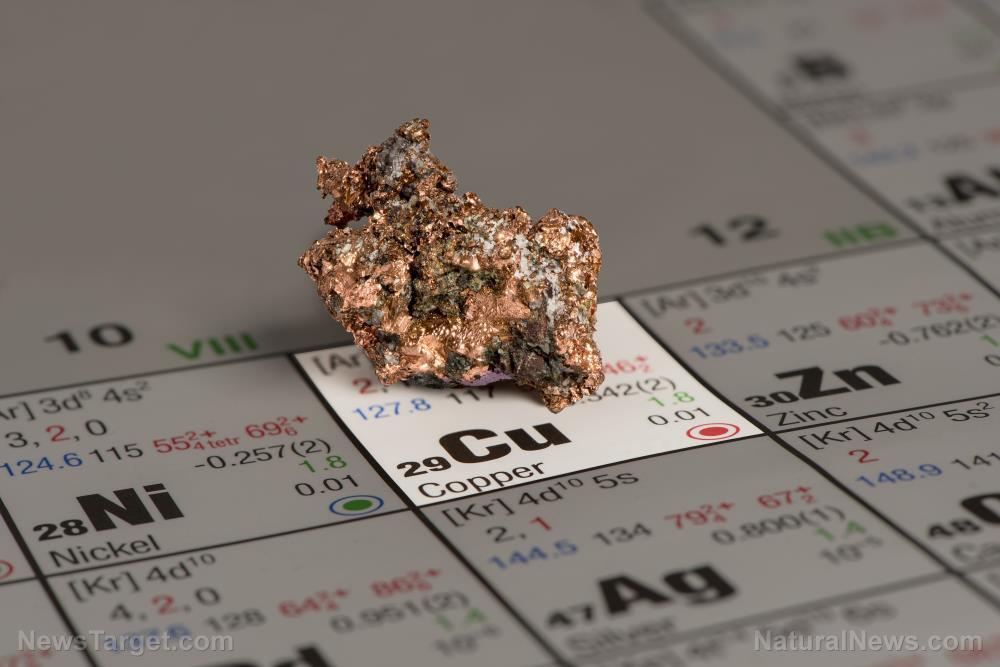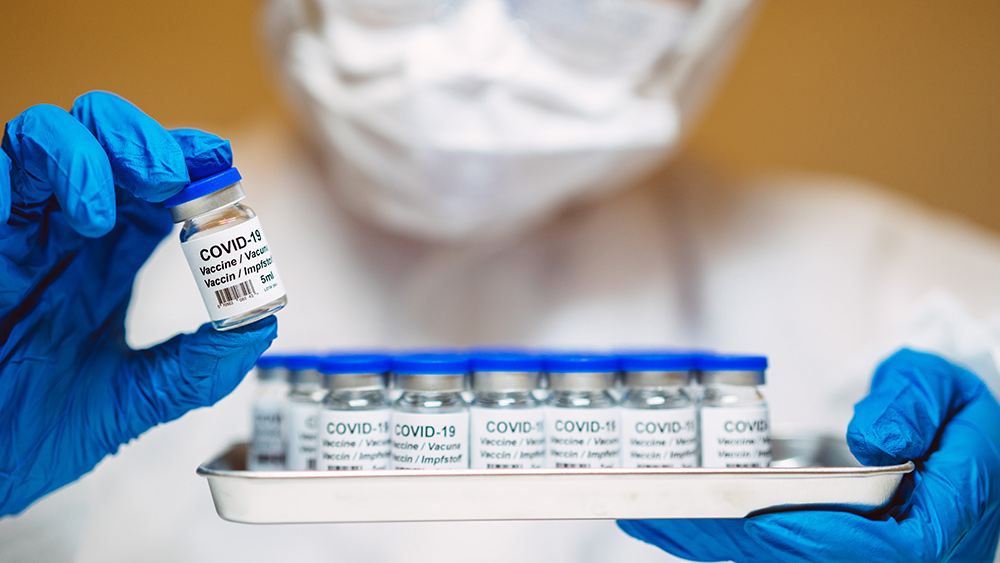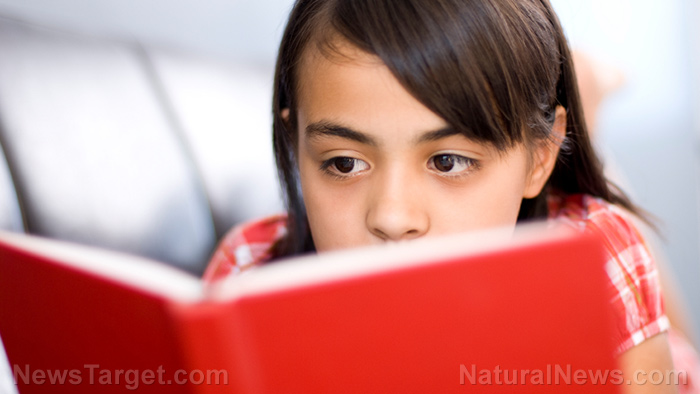 Parler
Parler Gab
Gab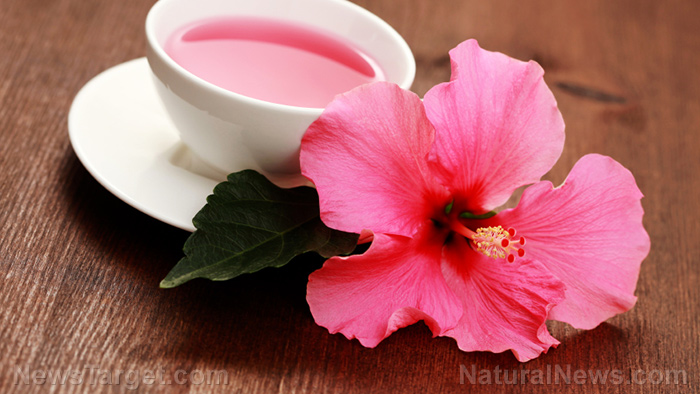
The search for safe and effective treatments for drug- and vaccine-resistant forms of influenza, including H5N1 highly pathogenic avian influenza viruses (HPAIVs), has lead a group of researchers to investigate whether commonly used herbal tea extracts might provide a viable natural alternative.
In the new study titled, “High antiviral effects of hibiscus tea extract on the H5 subtypes of low and highly pathogenic avian influenza viruses,”researchers investigated the anti-viral properties of the following herbal extracts, which were prepared through boiling in ultrapure water for 2 hours:
-
Hibiscus
-
Black tea
-
Tencha
-
Rosehip tea
-
Burdock tea
-
Green tea
-
Jasmine tea
-
Ginger tea
-
Lavender tea
-
Rose tea
-
Oak tea
The experiment was conducted using canine kidney cells which were pre-treated with extract and then exposed to the virus to ascertain their differing anti-viral potential.
While many of the teas tested had some degree of observable anti-viral activity, hibiscus extract (and its fractionated extract (frHibis)) alone was found to “highly and rapidly” reduce the cell culture titers of all low and high pathogenic strains of avian influenza virus tested.
The researchers pointed out that this is the first study they are aware of showing such a high degree of effectiveness against any previously tested form of influenza:
Several studies have been conducted to discover potential anti-influenza agents against H5N1 HPAIV derived from plants. The extracts of Cistus incanus [9], Echinacea purpurea [23], Eugenia jambolana [26] and pomegranate (Punica granatum L.) [27] showed only direct antiviral effects against viral particles. Elderberry (Sambucus nigra L.) extracts reduced the number of foci in infected MDCK cells; however, the effect was limited [14]. Thai herbal plant extracts (Terminalia bellirica, Salacia chinensis, Zingiber montanum and Peltophorum pterocarpum) moderately reduced viral infectivity in MDCK cells simultaneously inoculated with the extract and virus [13]. In contrast, Pelargonium sidoides extracts showed no antiviral effects [18]. Thus, not all plants exhibited high antiviral effects against H5N1 HPAIV. However, our study indicated that in addition to the crude hibiscus extract, the fractionated component (frHibis), which has a low molecular weight (<3 kDa), also exhibited strong antiviral effects against H5N1 HPAIV strains, irrespective of origin."
Discussion
Today, a drug class known as viral neuraminidase inhibitors are widely used for the prevention and treatment of influenza. The most well known example is Tamiflu. Not only have drugs like these been proven ineffective, but they can have devastating side effects like neurotoxicity. Despite this, the FDA approves their use in infants.
Additionally, flu vaccines are still commonly marketed as safe and effective, despite the fact that decades of published literature does not support the notion.
Taking this into account, the possibility that Hibiscus extract might prevent and treat life-threatening viral infection is all the more encouraging; especially considering that it is also known to have a very high threshold of safety, having been used as a beverage and plant medicine for hundreds of years in traditional societies.
Interestingly, the study found that a hexane extracted form of hibiscus showed no antiviral activity, underscoring the fact that this petrochemically-derived solvent which is used in any herbal studies may be compromising the therapeutic properties of herbs it is used with.
While the researchers did not speculate too deeply on the mechanism of action behind the observed anti-viral activity of hibiscus, noting only the possibility that its anthocyanin pigment could be responsible, they suggested further studies should be conducted to identify the effective components contained in hibiscus and to elucidate potential antiviral mechanisms in more detail.
They concluded:
Our preliminary study showed that, in addition to the H5 subtype, hibiscus inactivated seven other subtypes (data not shown), whereas P. sidoides extracts inactivated human influenza viruses (H1N1 and H3N2) but not H5N1 HPAIV [18]. Thus, hibiscus may be a promising candidate as a potent anti-influenza drug, irrespective of subtype.
Read more at: GreenMedInfo.com
Walking 60 minutes 3x weekly cuts Alzheimer’s risk 60%—even for those with high-risk genes
By Willow Tohi // Share
Parsley: Five top benefits of this easy-to-grow herb
By News Editors // Share
By Lance D Johnson // Share
The science behind Copper Vessels: How copper can elevate your drinking water
By HRS Editors // Share
Governments continue to obscure COVID-19 vaccine data amid rising concerns over excess deaths
By patricklewis // Share
Tech giant Microsoft backs EXTINCTION with its support of carbon capture programs
By ramontomeydw // Share
Germany to resume arms exports to Israel despite repeated ceasefire violations
By isabelle // Share
